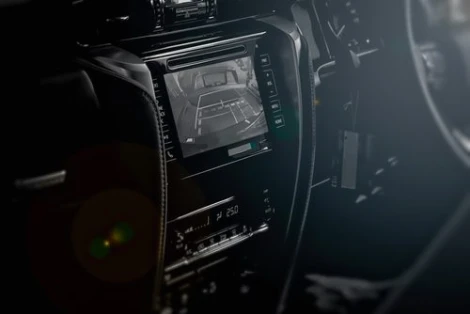
Most drivers who have used backup cameras in their vehicles would say, “Once you have a backup camera, it’s hard to go back.” Backup cameras have definitely improved the driving experience. They alert you when there’s a bicycle on the ground left by one of your kids that you might not have seen. They alert you in a parking lot when a pedestrian walks behind your vehicle, and they beep when your vehicle is backing up too close to an object on the ground.
Now that backup cameras have been around for several years, are they truly improving safety? Have they stopped drivers from backing into things? “Despite the growing prevalence of backup cameras, federal data shows that this technology hasn’t significantly cut down on cars backing into people and causing them harm,” the Los Angeles Times reported.
The research on back-over accidents came from the National Highway Traffic Safety Administration (NHTSA). The most recent data available from the NHTSA is from 2008 to 2011. During that time, backup cameras went from 32% to 68% in all new cars sold, and we’re months away from all new cars having them. However, injuries during that time period fell from 13,000 to 12,000, less than 8%.
“The fatality rate has improved somewhat, dropping 31% over the same period,” reported the Los Angeles Times. But not very many people actually die in backup accidents. According to NHTSA’s research, the deaths involving a moving car in reverse went down from 274 to 189 between 2008 and 2011.
“Deaths from back-over crashes thankfully are pretty rare, but they still are tragic,” Jessica Cicchino, vice president of research at the Insurance Institute for Highway Safety told the Los Angeles Times. “We know that rear cameras can help, but they’re not a silver bullet.”
All New Cars Must Have Backup Cameras
According to Autotrader, “All new cars must include a backup camera by May 2018. That’s the latest from the federal government’s National Highway Traffic Safety Administration (NHTSA).” NHTSA says that mandatory backup cameras will help prevent injuries and deaths, especially in young children who can walk behind vehicles unseen.
According to Autotrader, only about 200 people are killed each year in backover accidents, and about 14,000 more are injured. These accidents happen when drivers back into another person while in reverse, without noticing the person behind the vehicle.
NHTSA has been considering adopting regulations for better rearward visibility for years. In 2007, Congress took a step forward when it signed the Cameron Gulbransen Kids Transportation Safety Act, but it took some time before the rules were written into law. Now that it’s taking effect, all vehicles that weigh less than 10,000 pounds will be required to have a backup camera by May of 2018. Backup cameras may not be making a huge dent in the number of lives saved, but they’re worth it and they’re here to stay.
Looking for a Smyrna car accident lawyer? Contact Jones & Swanson to schedule a free case evaluation with a member of our legal team.










